-
据统计,2018年我国农作物秸秆产量约为11.35×108 t[1],农村地区生活垃圾年产量约为2.5×108 t。2017年,我国农村污水排放量大约为214×108 t,随着污水设施数量的逐年增加,产生的剩余污泥已逐渐成为农村有机固废的一个重要组成部分[2-3]。2020年,我国农村剩余污泥总量约为1 400×104 t[4-5]。有机固废中含有大量的有机质及营养元素,以剩余污泥为例,除了含有大量有机质外,还富含氮磷钾等营养物质,若对其处理不当,不仅对环境和人群造成危害,也是对资源的浪费。因此,农村有机固体废物的处理处置已成为亟待解决的难题。
近年来,好氧堆肥作为一种能使固体废物转化为稳定有机肥料的资源化技术,在有机固体废物的“减量化、无害化、资源化”处理方面已有诸多应用[6]。有研究表明,农村剩余污泥、有机垃圾和农作物秸秆在单独堆肥时,由于初始含水率及C/N等堆肥控制指标的影响,存在堆肥进程慢、肥效差的问题[7]。在对农村固体废物的研究中发现,农村剩余污泥、有机垃圾和农作物秸秆具有单个排放规模小、覆盖面大的特点,城镇大范围内有机固废集中处理的方式不适合经济技术欠发达的农村地区[8-9]。反应器式堆肥具有升温快、占地面积小、卫生性好、操作简便等优点,但仍存在设备利用率低、堆肥养分流失严重等问题[10-11]。
补充添加剂能有效改善堆肥环境,增强微生物活性,强化营养物质保留,提高肥效[12]。有研究发现,将生物炭作为堆肥补充添加剂,能够调节堆体结构、改善堆体环境、提高堆体中的微生物活性,对堆肥过程的优化有着重要的作用[13-14]。
因此,针对农村有机固废的排放特征、单一堆肥的局限性以及反应器式堆肥效率低下、养分元素流失严重等问题,结合农村地区的技术经济条件,宜就地或小区域集中对农村有机固废进行两段式好氧协同堆肥资源化处理。本研究以农村污水处理设施的剩余污泥、农作物秸秆、厨余垃圾为原料,以生物炭为添加剂,将好氧堆肥一次发酵和二次发酵单元独立进行对比实验,探讨两段式好氧协同堆肥技术的可行性以及添加生物炭对堆肥效果的影响,以期为我国农村有机固体废物的处理和资源化利用提供参考。
全文HTML
-
堆肥实验在江苏省常熟市进行,原料基本性质及来源见表1。生物炭原料为玉米秸秆,来自南方某农产品加工厂,其制备步骤为:原料在105 ℃下烘干至恒重;之后,粉碎过40目筛;最后在管式炉内 550 ℃慢速热裂解。
-
两段式好氧协同堆肥装置如图1所示,主要由一次发酵单元(PVC材质,有效容积135 L)、二次发酵单元(PVC材质,内部尺寸为2 m×1 m×1 m)、曝气单元等组成。
-
本实验共设置2组不同堆肥处理,对照组不添加生物炭,实验组生物炭添加量为堆肥原料的12%[13],每组处理设置3个重复。堆肥混合原料初始含水率为60%,C/N为25。物料配比根据质量守恒定律计算,具体配比为:剩余污泥(7.73 kg)+厨余细渣(2.72 kg)+秸秆(6.98 kg)+水(12.57 kg)。对照组不添加生物炭,实验组添加3.6 kg生物炭。
堆肥原料按配比混合均匀后,进料至一次发酵单元,采用间歇式曝气方式(曝气5 min,停曝20 min,曝气量设置为升温期4 L·min−1、高温期6~10 L·min−1)在一次发酵单元中完成高温发酵,翻堆频率为3~5 d·次−1;之后,再将一次发酵产物进料至二次发酵舱内,继续采用间歇式曝气方式(曝气5 min,停曝20 min,曝气量设置为4 L·min−1)进一步腐熟发酵,翻堆频率为7 d·次−1。整个堆肥过程中利用蒸馏水维持含水率在60%左右。分别在堆肥的第0、1、3、5、7、9、11、13、15、19、23、27、31天取样,每组实验每次取样量为50 g,取样后置于4 ℃冰箱冷藏待测。堆肥实验开始和结束时分别对堆料称重。
-
温度采用温湿度记录仪(RC-4HA/RC-4HC,江苏省精创电气股份有限公司)实时监测堆心温度,记录间隔为1 h;有机质采用重量法[15]测定;总氮采用碱性过硫酸钾消解紫外分光光度法[15]测定;总磷采用氢氧化钠熔融后钼锑抗分光光度法[15]测定;总钾采用常压消解后火焰原子吸收分光光度法[15]测定;腐殖质采用焦磷酸钠——氢氧化钠提取重铬酸钾氧化法容量法[16]测定;pH采用玻璃电极法[15]测定;电导率(EC)采用电极法[17]测定;含水率采用重量法[15]测定。
1.1. 实验原料
1.2. 实验装置
1.3. 实验方法
1.4. 分析方法
-
堆肥过程中堆体温度变化如图2所示。从图2可以看出,在整个堆肥过程中,实验组和对照组一次发酵和二次发酵阶段温度差异较为明显,实验组一次发酵阶段为14 d;对照组一次发酵阶段为12 d。采用本研究的两段式好氧协同堆肥工艺,可降低堆料在一次发酵阶段设备中的停留时间,设备利用率提高了50%以上(对应31 d堆肥周期与为期12~14 d的一次发酵阶段)。同时,生物炭的添加亦加快了堆肥进程。其中,对照组仅5 d就进入高温期,最高堆温达到63 ℃,高温期持续8 d;实验组3 d进入高温期,最高堆温达到68 ℃,高温期持续12 d。相较对照组,实验组提前2 d进入高温期,最高堆温提高了5 ℃,高温期延长了4 d。可见,生物炭的添加使得堆体高温期延长,升温更为迅速。这可能是因为,生物炭为堆体中的微生物提供了良好的生存环境,提高了微生物活性,从而优化了堆肥过程[18-19]。
-
堆肥过程中有机质含量的变化如图3所示。从图3可以看出,对照组和实验组有机质含量均持续降低并在中后期趋于稳定。实验组和对照组有机质初始含量分别为98%和99%;实验结束时,实验组和对照组有机质有机质含量分别为75%和80%。实验组和对照组初始含水率均为60%,初始进料量分别为33.60和30.00 kg;堆肥结束时,实验组和对照组含水率分别为42.7%和43.3%,物料量分别为13.44和13.50 kg,分别减重60%和55%。因此,实验组和对照组初始有机质总量分别为13.17和11.88 kg,第31天时有机质总量分别为5.78和6.12 kg;实验组和对照组的有机质降解量分别为7.39和5.76 kg,降解率分别为56%和48%。可见,相较对照组,生物炭的添加,提高了堆肥过程中17%的有机质降解率。堆肥前期有机质含量丰富,被快速分解,但随着堆肥进程的推进,易降解有机物逐渐减少,因此有机质降解速率变缓,含量趋于稳定[20]。
-
1)总氮。堆肥过程中总氮含量变化如图4所示。从图4可以看出,在整个堆肥过程中,总氮浓度逐渐升高。实验组和对照组总氮初始含量分别为34.88和35.84 g·kg−1;到第31天时,实验组和对照组总氮浓度分别为48.87和41.78 g·kg−1。实验组和对照组初始总氮绝对量分别为468.79 和430.08 g,第31天时总氮绝对量分别为376.30和319.62 g。因此,实验组和对照组氮损失量分别为92.49和110.46 g,对照组和实验组的总氮损失率分别为26%和20%,可见,相较对照组,实验组的氮素损失率降低了23%。生物炭的添加有效减少了堆肥过程中氮素的损失。
2)总磷。堆肥过程中总磷含量的变化如图5所示。从图5可以看出,2组处理在堆肥过程中的总磷含量总体均呈上升趋势,并且在堆肥后期含量逐渐稳定。实验组和对照组总磷初始含量分别为3.05和3.00 g·kg−1,到第31天时,实验组和对照组总磷含量分别为4.40和3.70 g·kg−1。实验组和对照组初始磷总量分别为41.00和36.00 g,第31天时磷总量分别为34.06和28.19 g,实验组和对照组整个堆肥过程磷总量分别减少6.94和7.81 g,损失率分别为17%和22%。总磷不会通过挥发而减少,因此,堆肥过程中其绝对量变化较小,磷的减少与堆肥过程中渗滤液的产生以及堆料的减重有关[21]。实验组的总磷损失率相较对照组降低了23%,这是因为,生物炭的添加有效减少了渗滤液的产生,从而降低了总磷的流失,促进了堆肥过程中养分物质的保留。
3)总钾。堆肥过程中总钾含量的变化如图6所示。从图6可以看出,2组处理堆肥过程中的总磷含量总体均呈上升趋势。实验组和对照组初始总钾含量分别为14.05和14.95 g·kg−1,到第31天时,实验组和对照组总钾含量分别为20.51和19.10 g·kg−1。实验组和对照组初始钾总量分别为188.83 g 和179.40 g,第31天时钾总量分别为158.74和145.54 g,整个堆肥过程钾总量分别减少30.09和33.86 g,实验组和对照组的总钾损失率分别为16%和19%。可以看出,生物炭的添加减少了16%的总钾损失率,有效促进了堆肥过程中钾养分的保留。
-
在堆肥过程中,腐殖质的合成主要是由于微生物对堆肥原料中有机质的不断分解,使得有机质转化为稳定的腐殖质[22]。富里酸和胡敏酸是腐殖质中的重要组成部分,其比值为胡富比(H/F),该指标能够有效表征堆肥的腐殖化程度[23-25]。堆肥过程中腐殖质含量的变化如图7(a)所示。由图7(a)可以看出,在整个堆肥过程中,腐殖质含量变化较小。对照组和实验组初始腐殖质含量分别为410.677和380.10 g·kg−1,总量分别为4.937和5.11 kg。随着堆肥的进行,腐殖质含量逐渐降低,到第31天时,对照组和实验组腐殖质含量分别为337.00和376.00 g·kg−1,总量分别为2.57和2.91 kg。可见,整个过程中对照组腐殖质总量减少了2.36 kg,实验组减少了2.20 kg,对照组和实验组的腐殖质损失率分别为48%和43%。这表明,生物炭的添加减少了10%的腐殖质损失率,促进了堆肥过程中腐殖质的转化和积累。
堆肥过程中的胡富比变化如图7(b)所示。从图7(b)可以看出,2组处理的胡富比整个堆肥过程均大于1且呈上升趋势。实验组和对照组初始的H/F分别为1.38和1.48,第31天时,实验组和对照组H/F分别为4.75和3.40。可见,堆肥结束时实验组和对照组的H/F分别是初始H/F的3.44倍和2.30倍。这说明,在整个堆肥过程中,2组堆肥处理的腐殖化程度在不断增高。而且,实验组由于生物炭的添加,促进了胡敏酸的合成,提高了50%的H/F增加率,加快和优化了堆肥产品的腐殖化程度。
-
1)无害化评价。有机固废中含有大量的致病菌、寄生虫和病毒等,会直接影响堆肥产品的安全性,进而抑制植物生长。堆肥高温期可以有效杀死大部分致病微生物,实现堆肥产品的无害化[26]。我国《粪便无害化卫生要求》(GB 7959-2012)[27]规定:人工堆肥的堆体高温期温度≥50 ℃的时间须至少持续10 d,≥60 ℃的时间须至少持续5 d;机械堆肥的堆体高温期温度≥50 ℃的时间须至少持续2 d。本研究的两段式好氧协同堆肥工艺为机械式堆肥。表2为堆肥实验一次发酵阶段段温度的变化特征。从表2可以看出,按照机械堆肥的要求,实验组和对照组均达到了无害化卫生要求。这说明,本研究的两段式高温好氧协同堆肥工艺实现了堆肥产品的无害化。实验组50 ℃以上的温度维持了12 d,60 ℃以上的温度维持了5 d,达到了无害化卫生要求;对照组50 ℃以上的温度维持了8 d,60 ℃以上的温度维持了3 d。可见,生物炭的添加促进了堆肥产品的无害化程度。
2)堆肥产品肥效。有机质和氮磷钾作为堆肥产品的重要养分组成,能够有效提高土壤肥效,促进植物生长,因而是表征堆肥产品肥效、评价堆肥产品质量的重要指标。含水率、pH以及电导率作为堆肥过程中的重要影响因素,可直接或间接影响堆肥产品的土地利用效果[28]。目前,专门针对农村剩余污泥堆肥及堆肥相关产品质量的评价体系尚不健全,现有的堆肥相关产品标准以及技术标准以生活垃圾、农业废弃物以及畜禽粪便等为主[29]。本研究采用国内已有的《有机肥标准》(NY 525-2012)[30]、《生物有机肥标准》(NY 884-2004)[31]、《有机无机复混肥标准》(GB 18877-2009)[32]及《城镇污水处理厂污泥处置园林绿化用泥质》(GB/T 23486-2009)[33]对堆肥的相关产品质量技术指标进行对比评价。
表3为堆肥产品肥效与相关标准的对比结果。从表3可以看出,本研究所得的堆肥产品总养分含量(TN+P2O5+K2O)未达到《有机无机复混肥标准》(GB 18877-2009);pH未达到《城镇污水处理厂污泥处置园林绿化用泥质》(GB/T 23486-2009)碱性土壤的使用标准。本实验研究得到的堆肥产品质量达到了《有机肥标准》(NY 525-2012)、《生物有机肥标准》(NY 884-2004)以及《城镇污水处理厂污泥处置园林绿化用泥质》(GB/T 23486-2009)对相关技术指标的规定。
2.1. 堆肥过程中堆体温度的变化
2.2. 堆肥过程中有机质含量的变化
2.3. 堆肥过程中养分物质含量的变化
2.4. 堆肥过程中腐殖质含量的变化
2.5. 堆肥产品质量评价
-
1)两段式好氧协同堆肥工艺可实现农村污水处理设施剩余污泥和其他有机固体废弃物的堆肥资源化处理:实验组和对照组均31 d实现腐熟,堆体一次发酵阶段持续了12~14 d,最高温度达到63~68 ℃,提高了50%以上的设备利用率。
2)堆肥过程达到了《粪便无害化卫生要求》(GB 7959-2012)对高温期温度和维持时间的规定,且生物炭的添加促进了堆肥产品的无害化程度。
3)堆肥产品达到了部分标准对有机质、总养分、pH、电导率等相关技术指标的规定,产品肥效符合有机肥标准》(NY 525-2012)、《生物有机肥标准》(NY 884-2004)以及《城镇污水处理厂污泥处置园林绿化用泥质》(GB/T 23486-2009)。
4)生物炭的添加可强化堆肥工艺的优化。相较未添加生物炭的对照组,实验组提前进入高温期,提高了最高堆温并延长了高温期;提高了氮、磷、钾等养分元素的保留;促进了富里酸的降解以及胡敏酸的合成,促进了有机质的降解以及腐殖质的转化和积累。





 DownLoad:
DownLoad:
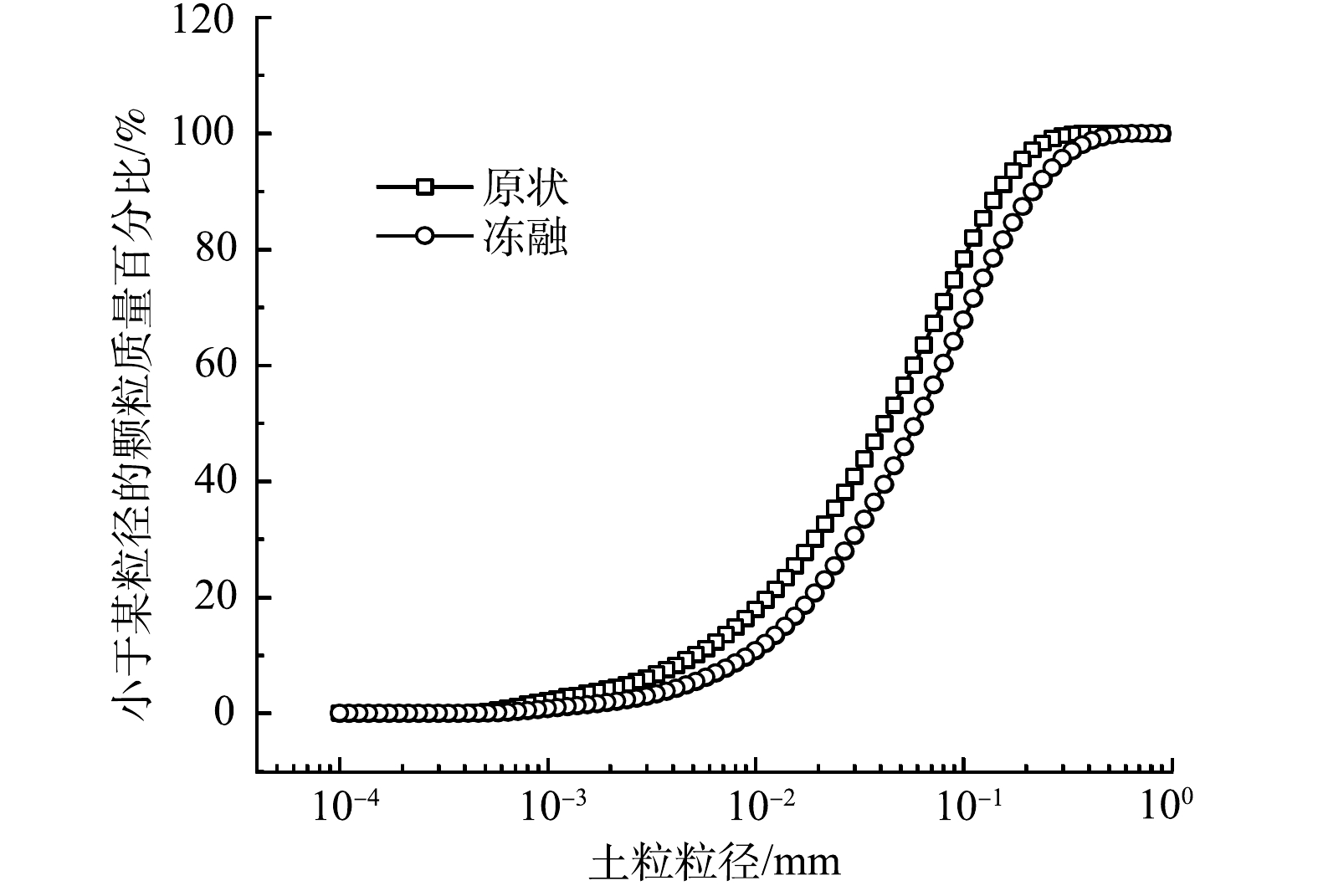

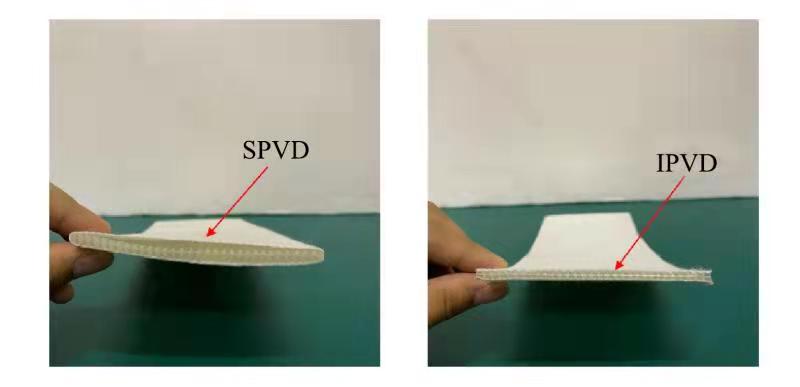
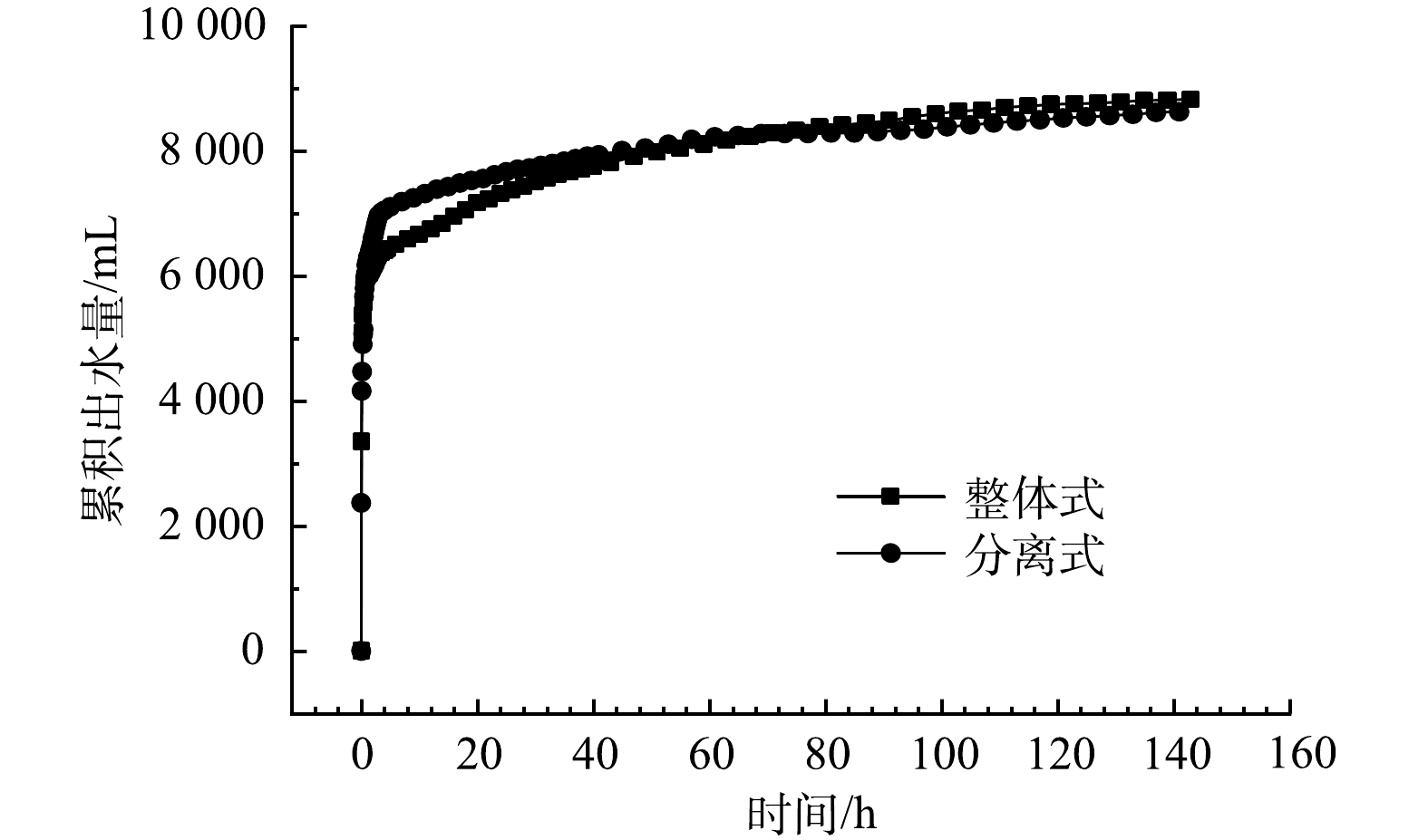
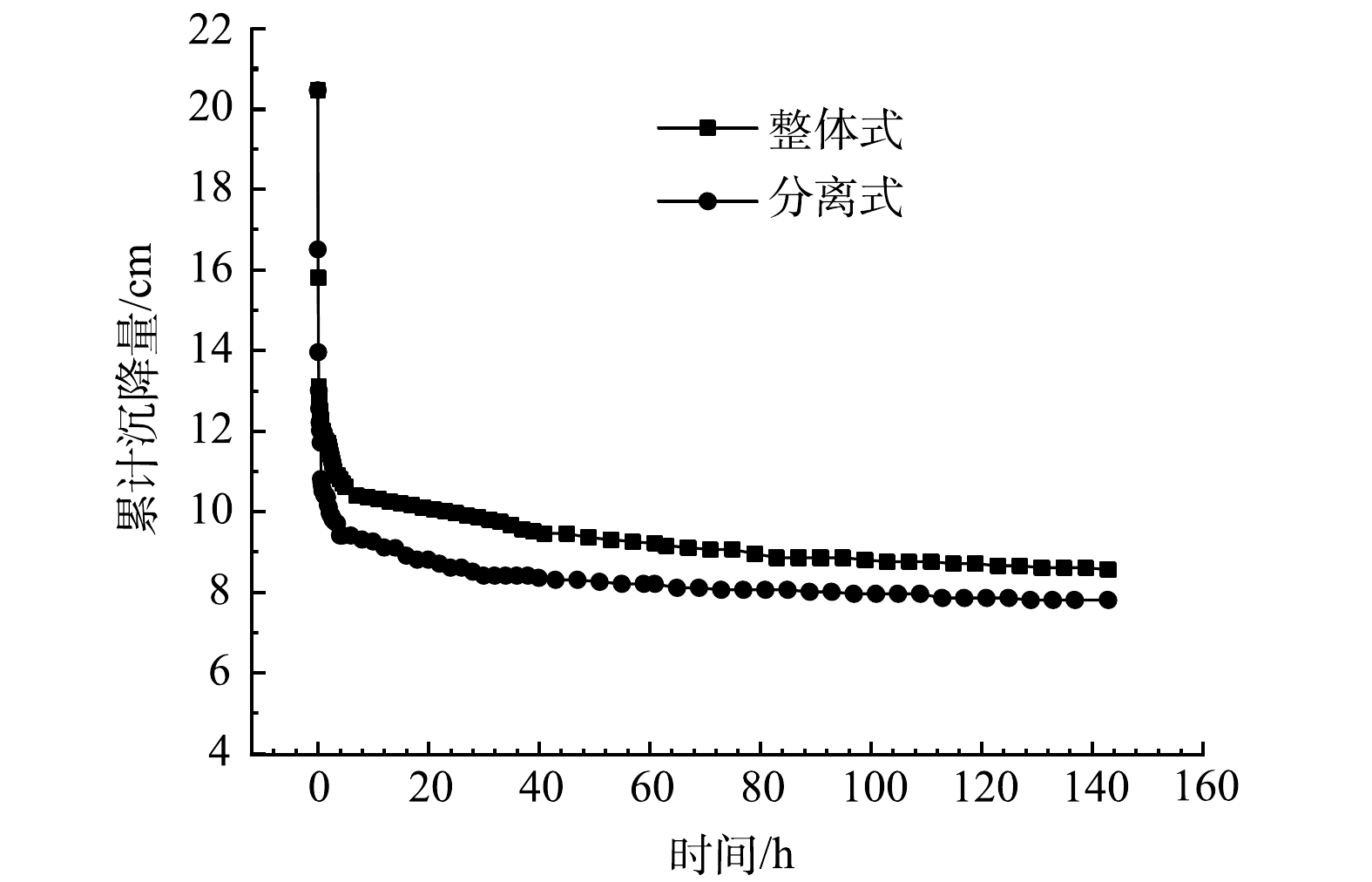
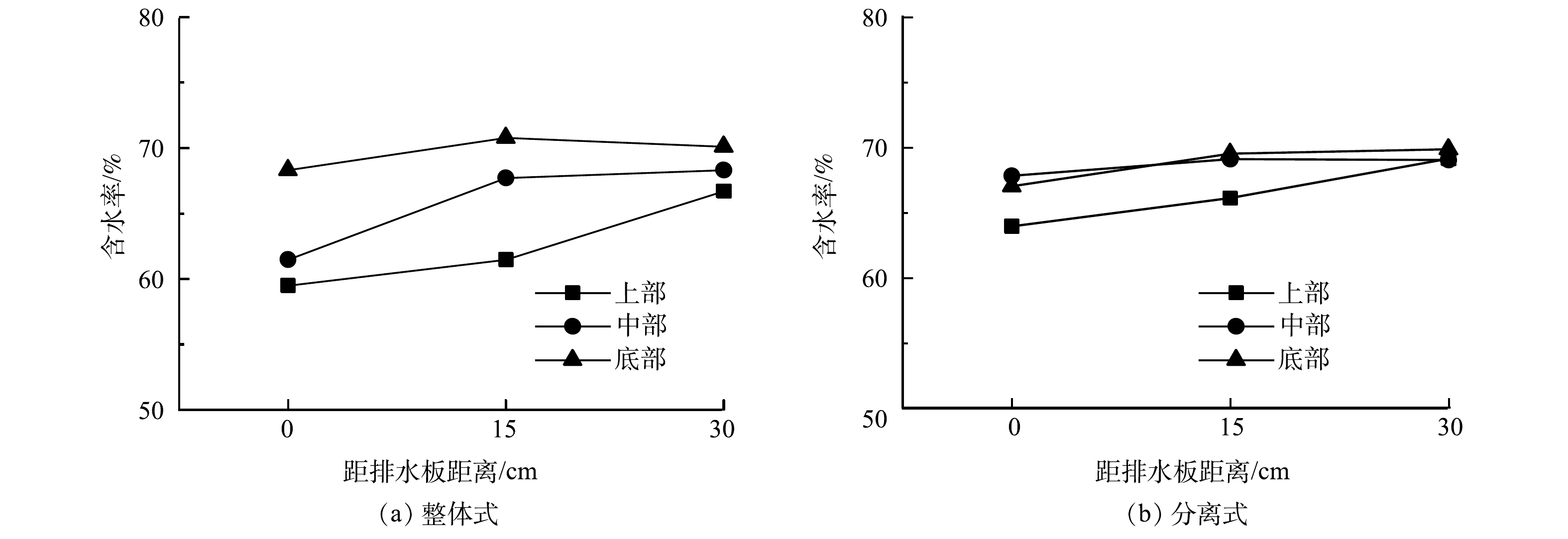
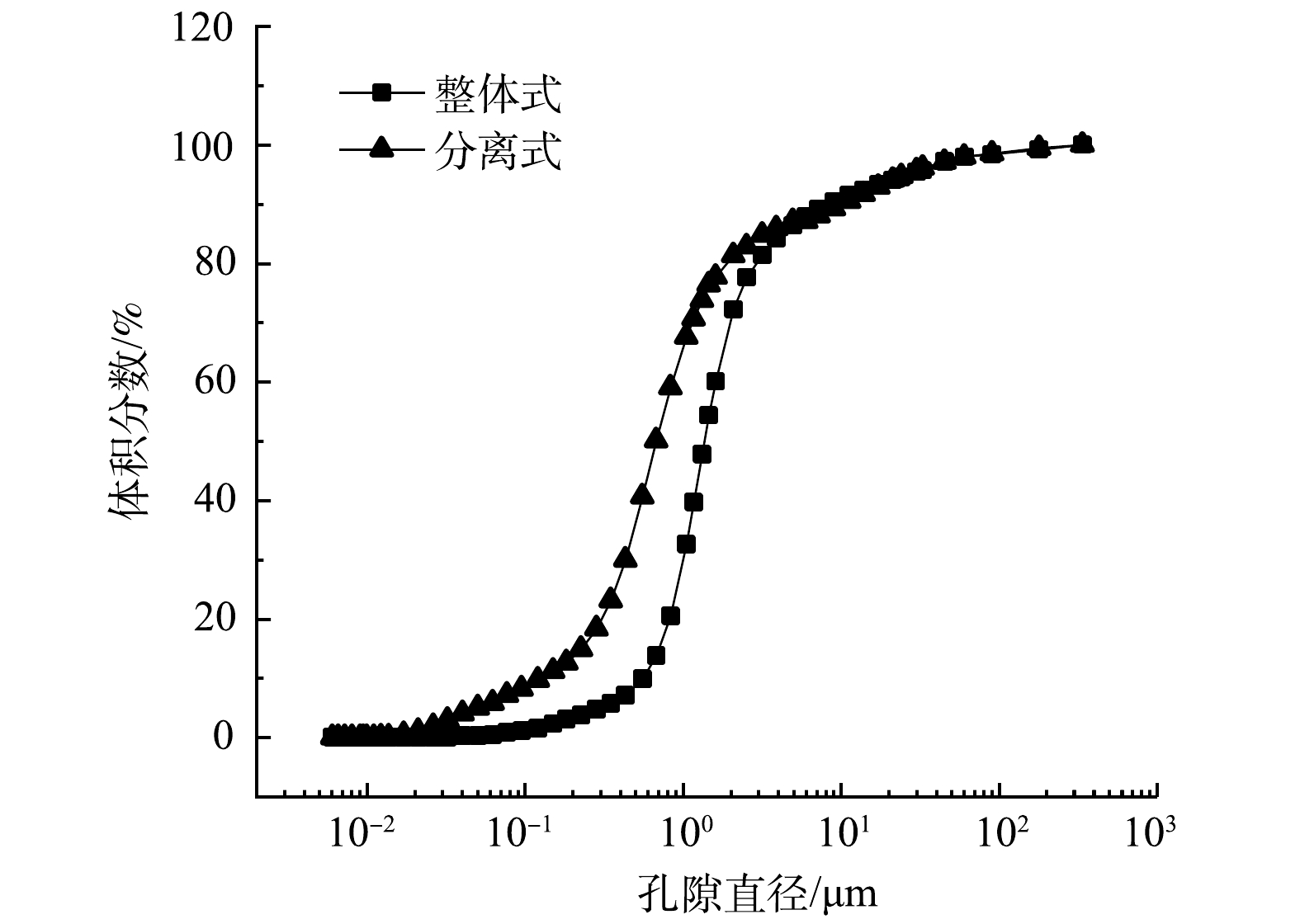
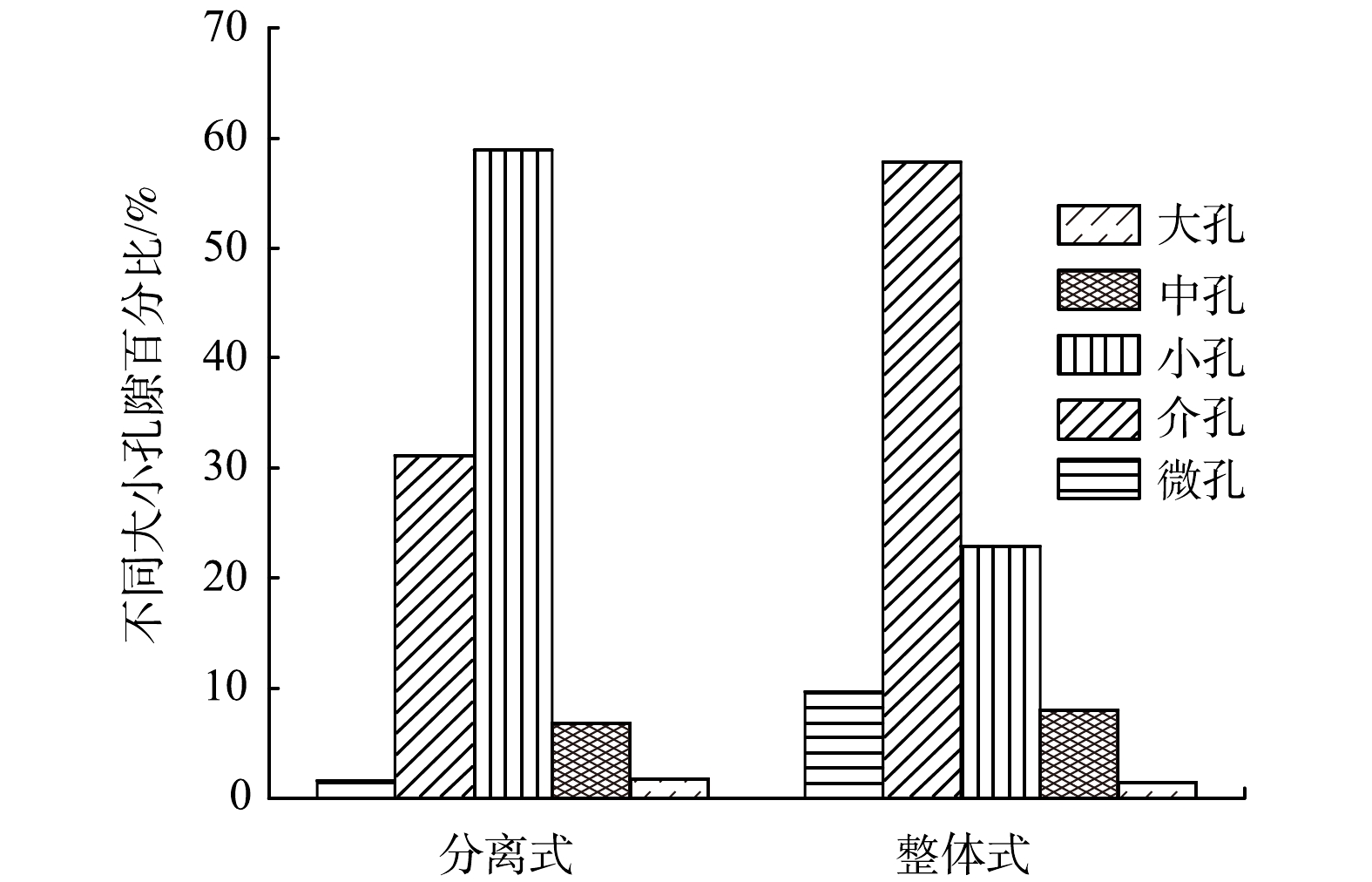
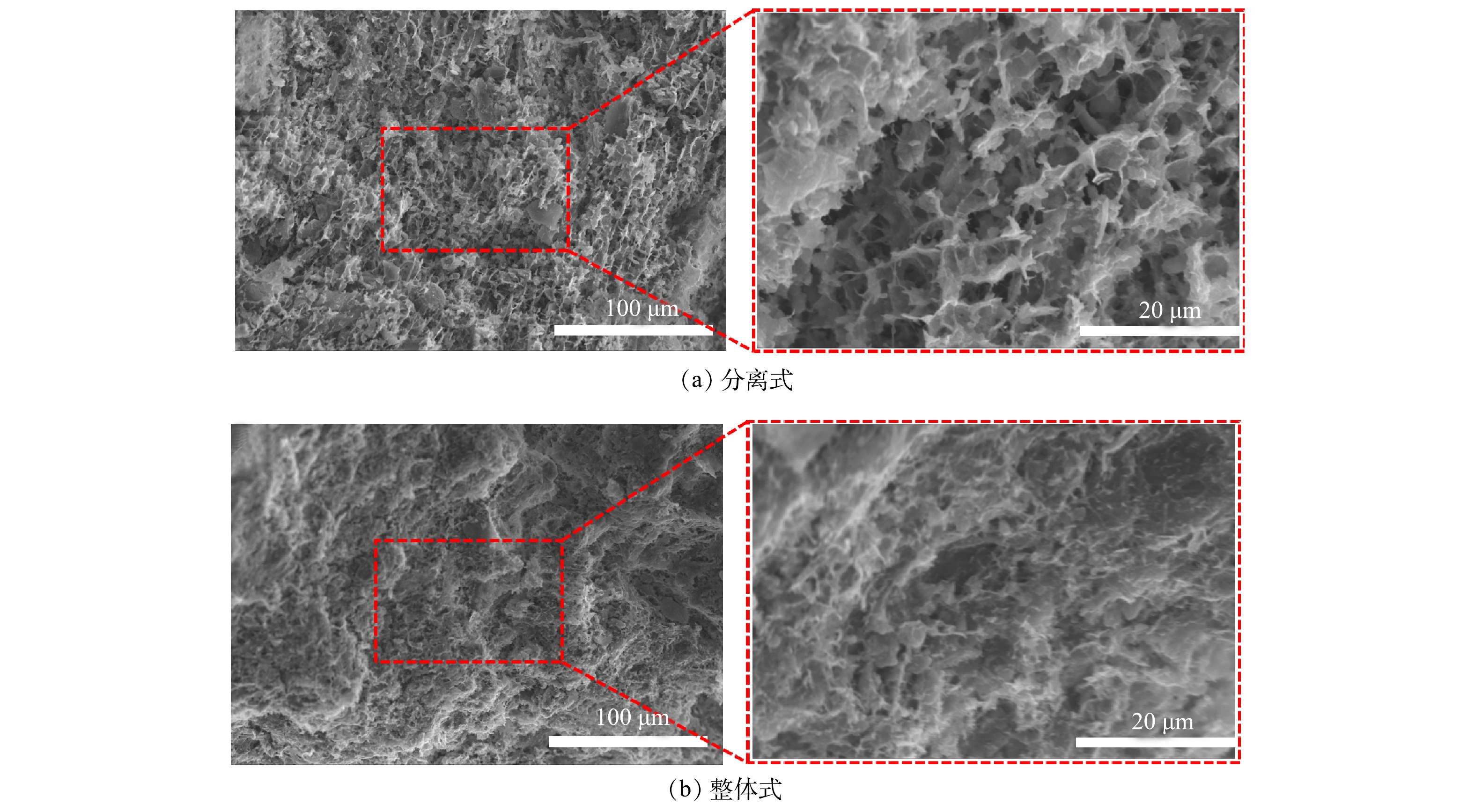
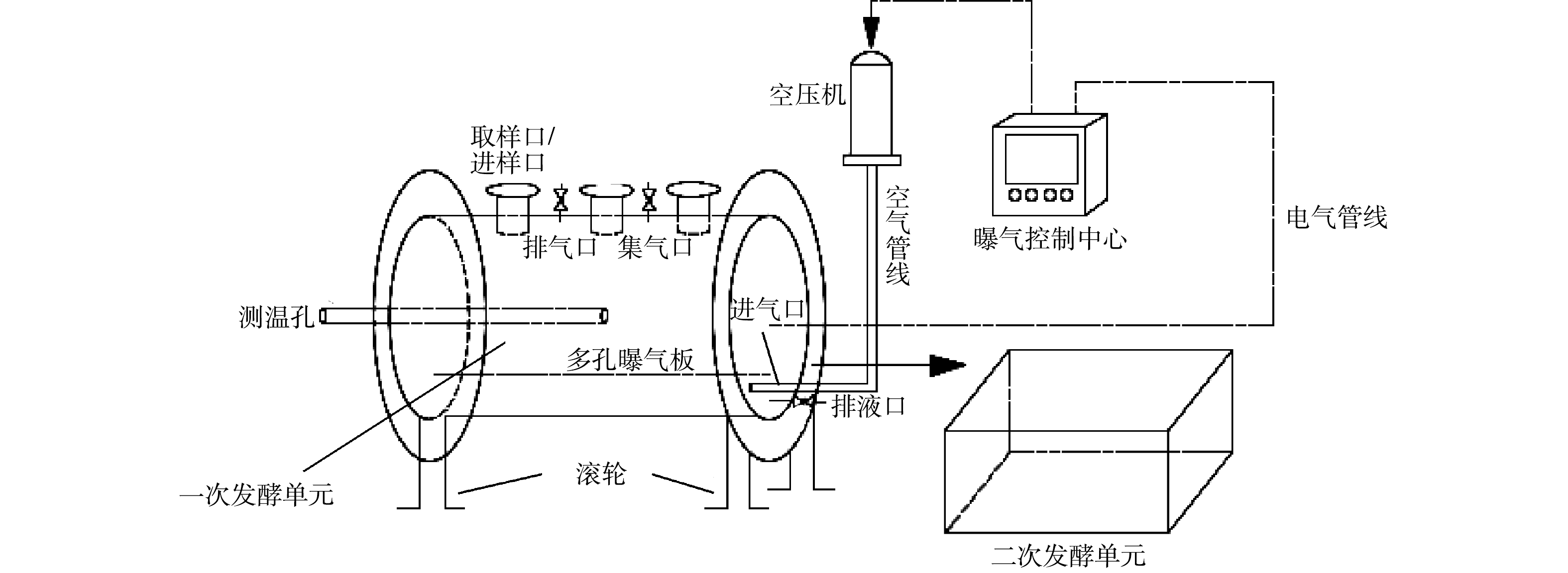
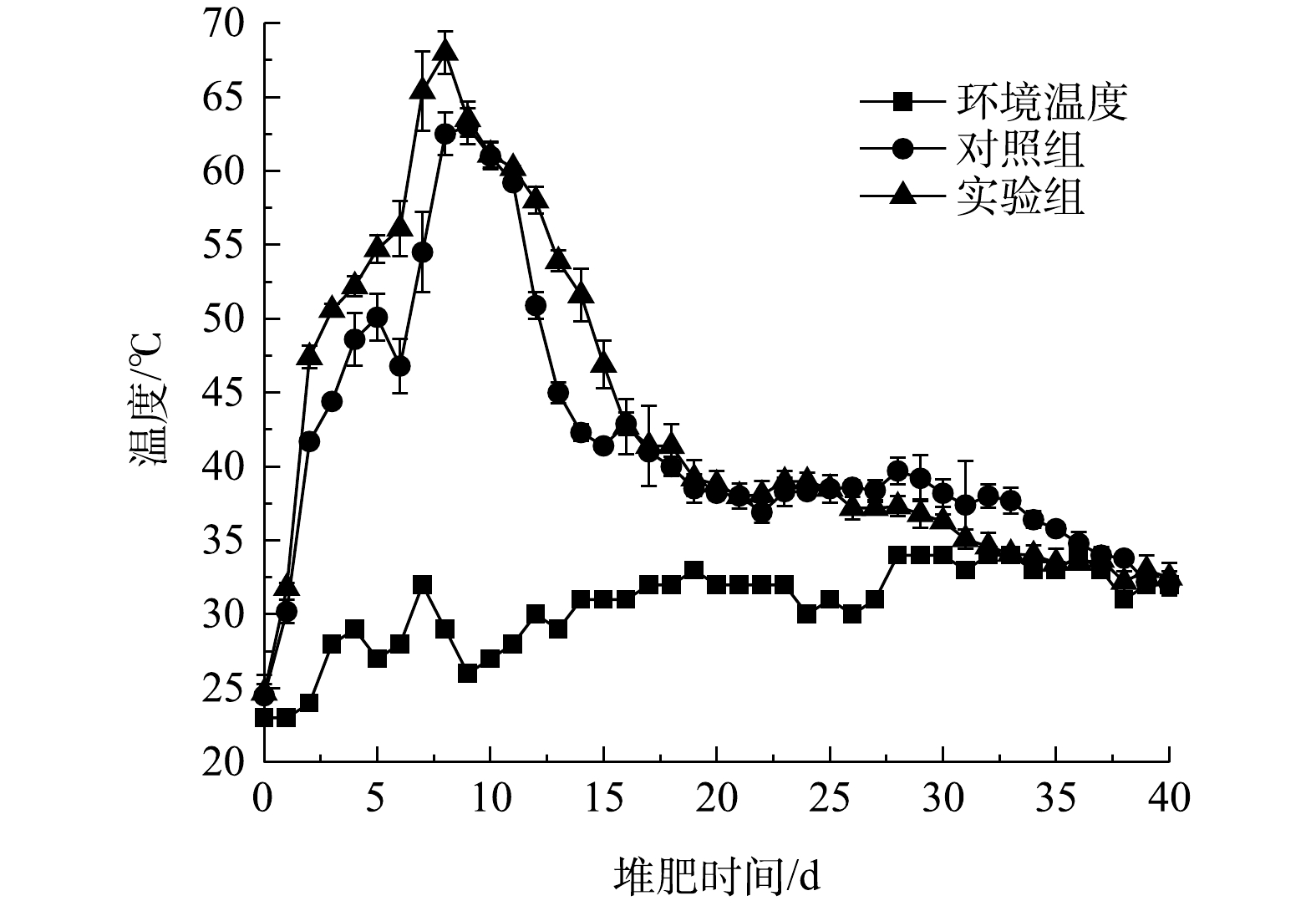
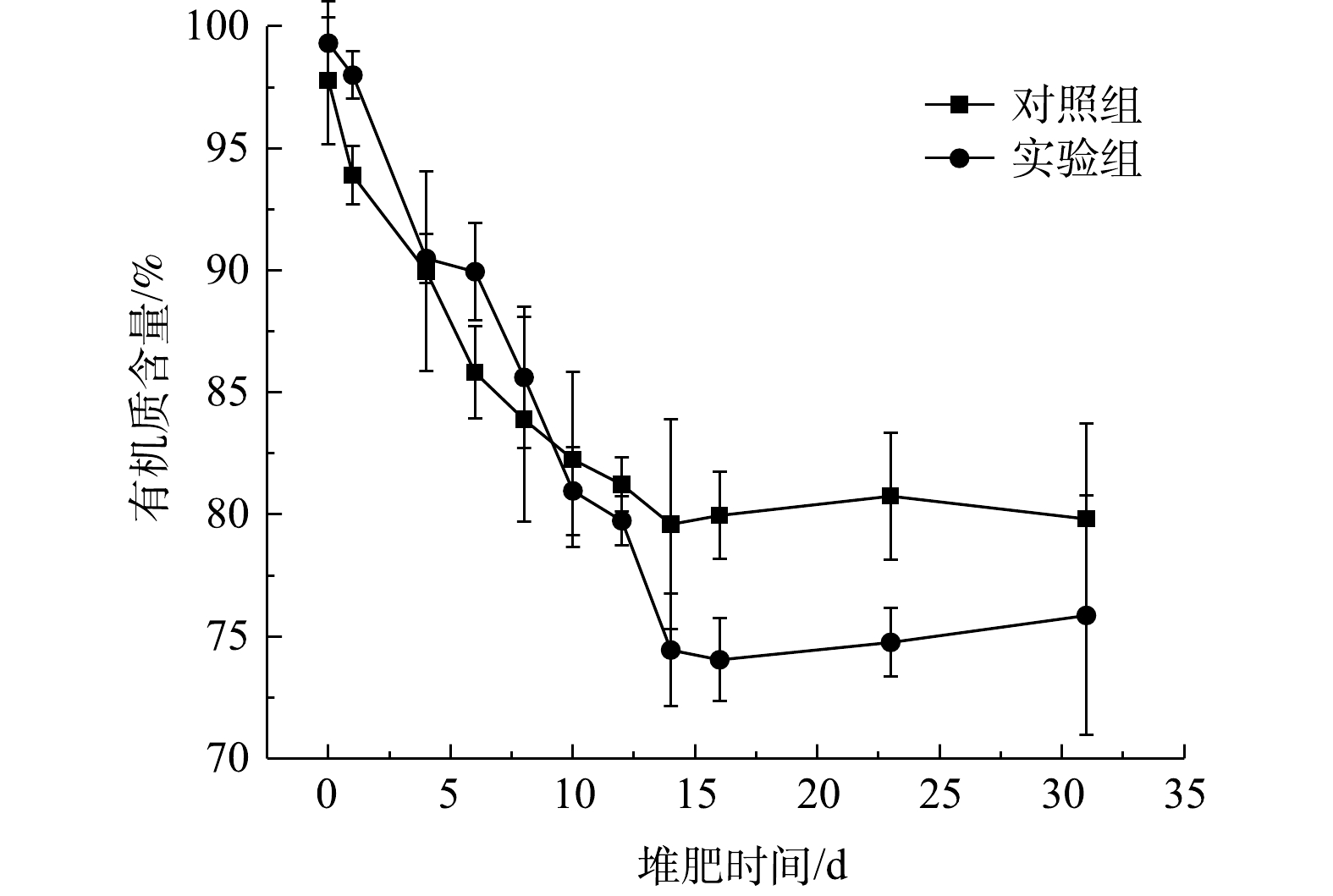
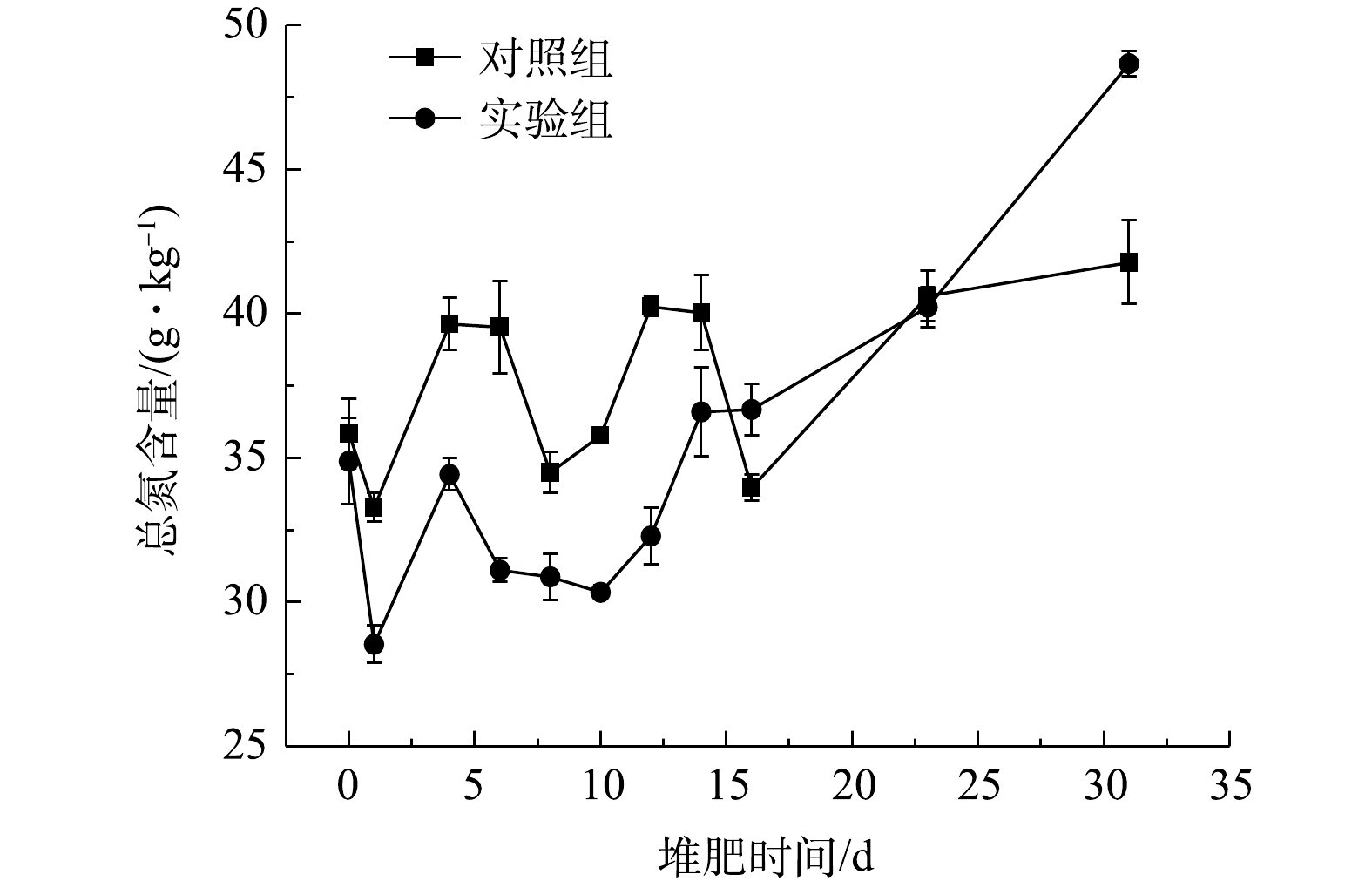
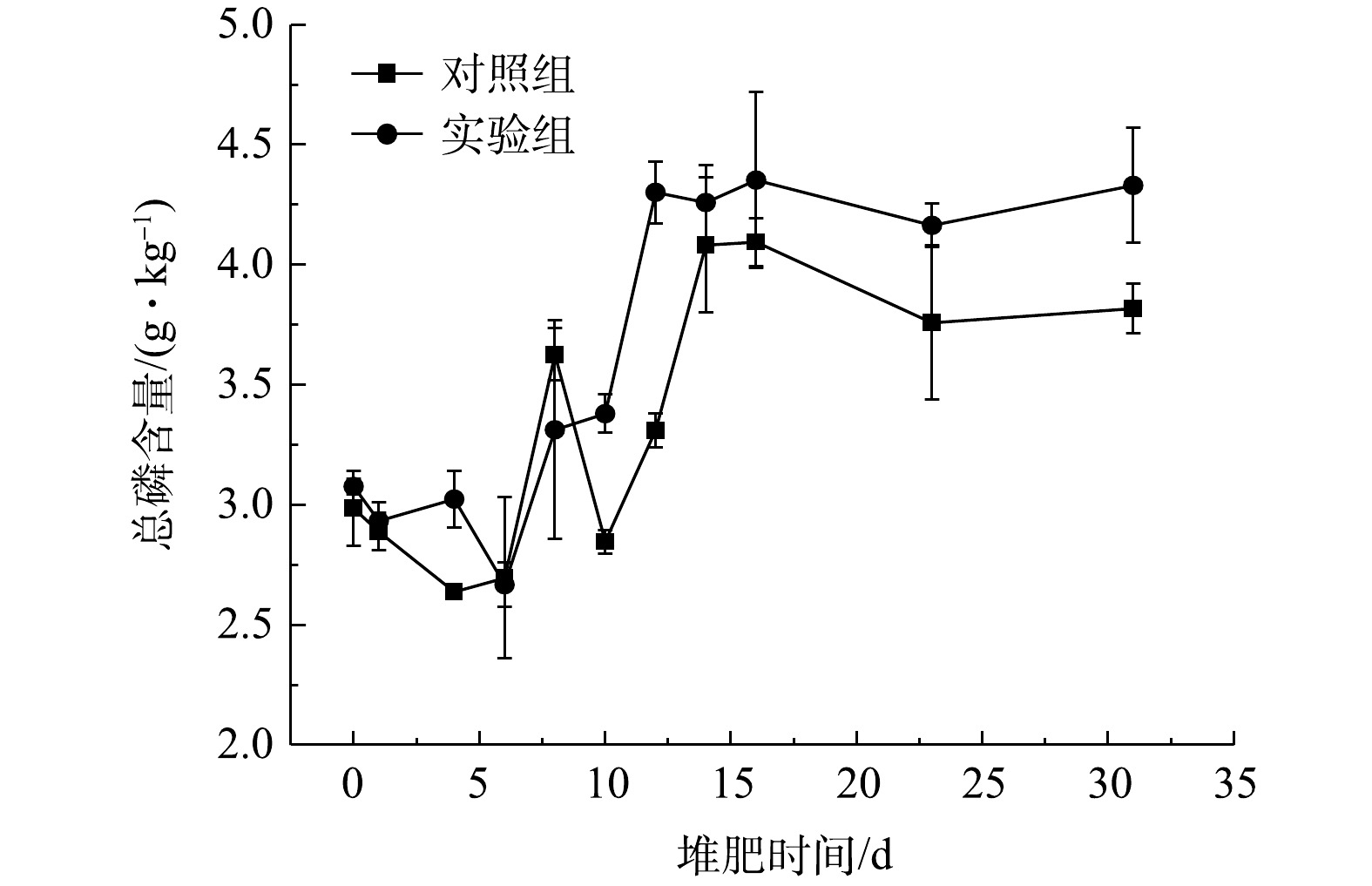
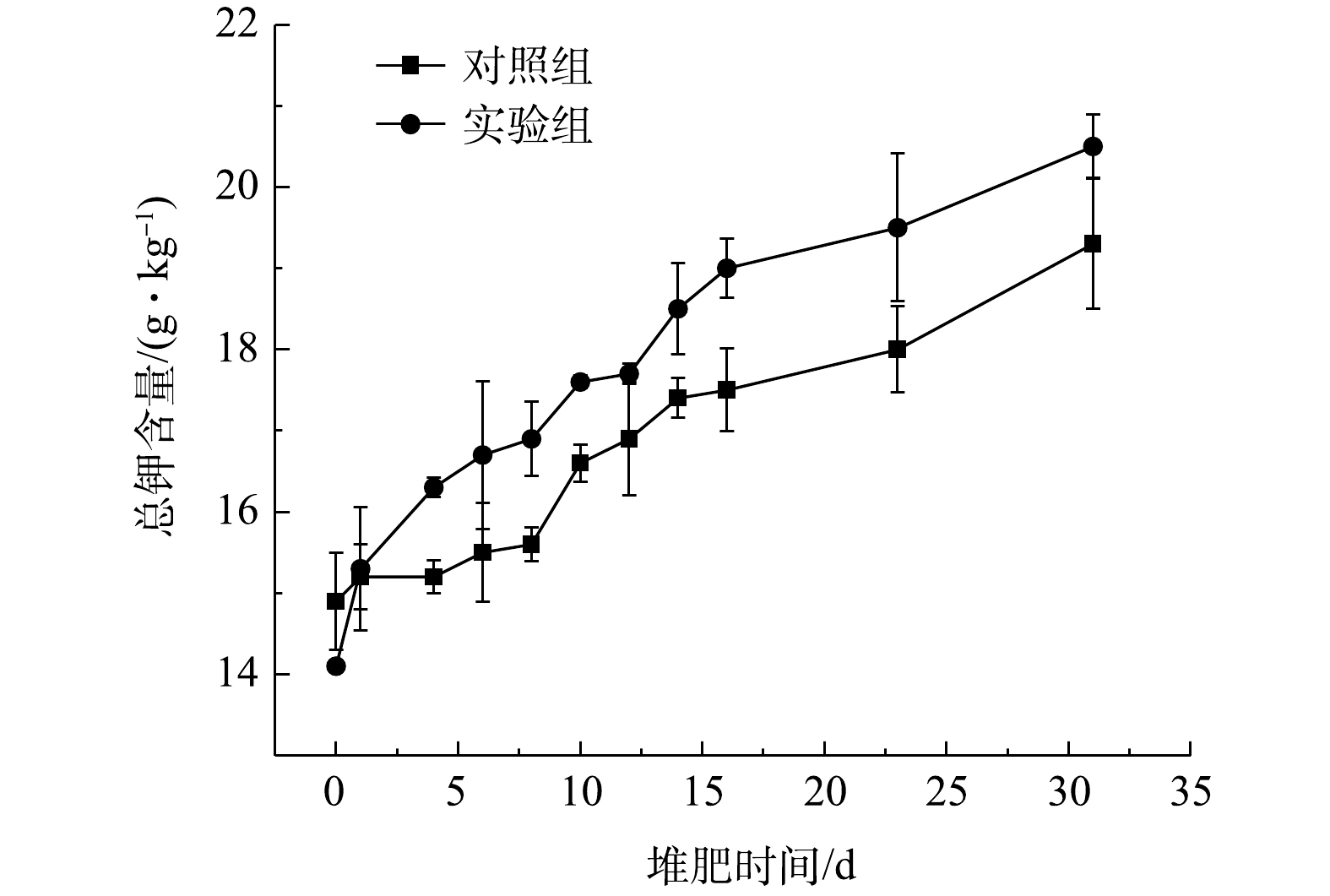
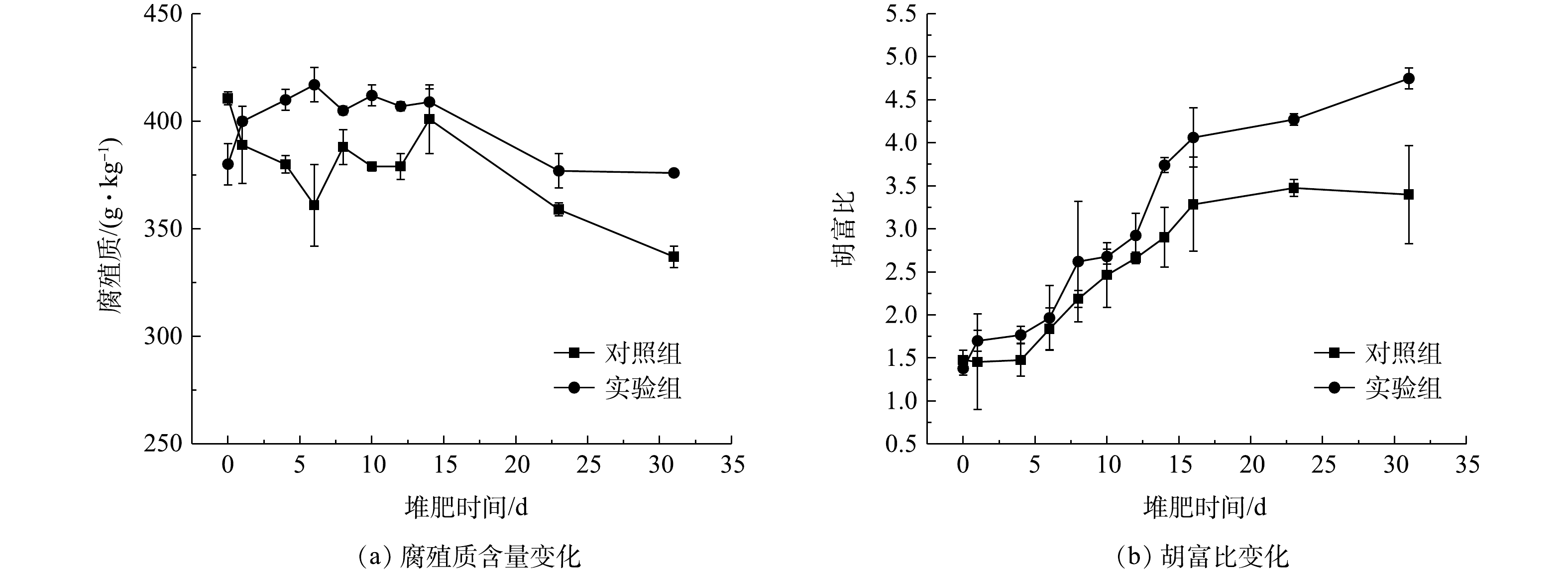
 百度学术
百度学术


